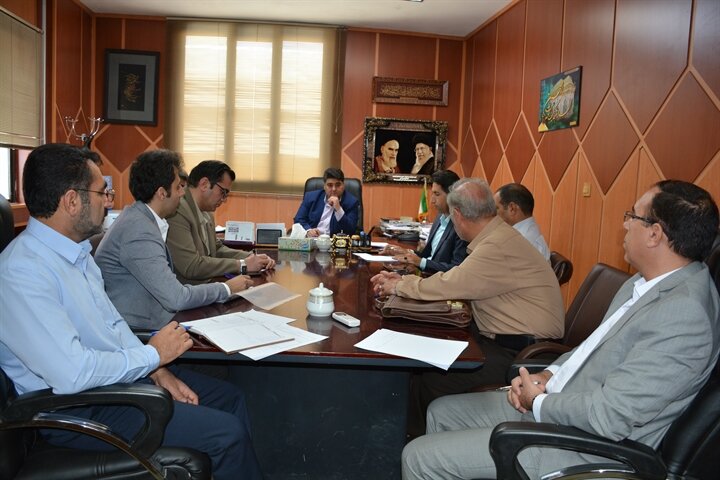Conference to address tourism development in western Iran

TEHRAN – Western Iranian provinces are scheduled to discuss ways to expand tourism in a two-day conference which will be hosted by Lorestan province in the near future.
In a Tuesday meeting with several hoteliers, travel agents and tour operators, Lorestan’s tourism chief Seyyed Amin Qasemi announced that representatives from ten western provinces will attend the conference with the aim of finding a balance in the sum of tourism arrivals in western Iran [compared to those of other parts of the country], CHTN reported.
Qasemi said that the conference aims to establish and [in some cases] to expand interactions with “active” private investors in the field of tourism and hospitality industry.
The event will bring together tourism officials, chief hoteliers, travel agents and tour operators form provinces of Lorestan, Ilam, Chaharmahal-Bakhtiari, Kohgiluyeh and Boyer-Ahmad, Kermanshah, Kordestan, Hamedan, Zanjan and East Azarbaijan, the official said.
Earlier in May, Iran’s deputy chief of tourism Vali Teymouri suggested that lesser-known travel destinations should be properly introduced to people in order to have a balanced domestic tourism.
“We can advise people about the right manners of traveling. The public are accustomed to [go on] spontaneous solo trips that bear high costs, while they can be ushered to quality travels, [which can be] arranged by the private sector,” he said.
Traditionally, millions of Iranians hit the roads heading for the provinces of Mazandaran and Gilan, Khorasan Razavi, Isfahan, Fars, Bushehr, Hormozgan, and Khuzestan in summertime, Noruz, or other break holidays, which results in heavy traffics and extra rise of costs.
Some 18 million people made domestic travels during the two-week New Year (Noruz) holidays, starting March 21, which shows a six percent year-on-year increase, based on data compiled by the CHHTO.
Iran embraces a good number of ancient cultural heritage and monuments including bazaars, museums, mosques, bridges, bathhouses, madrasas, gardens, rich natural, rural landscapes as well as 22 UNESCO World Heritage sites.
AFM/MQ/MG
Leave a Comment